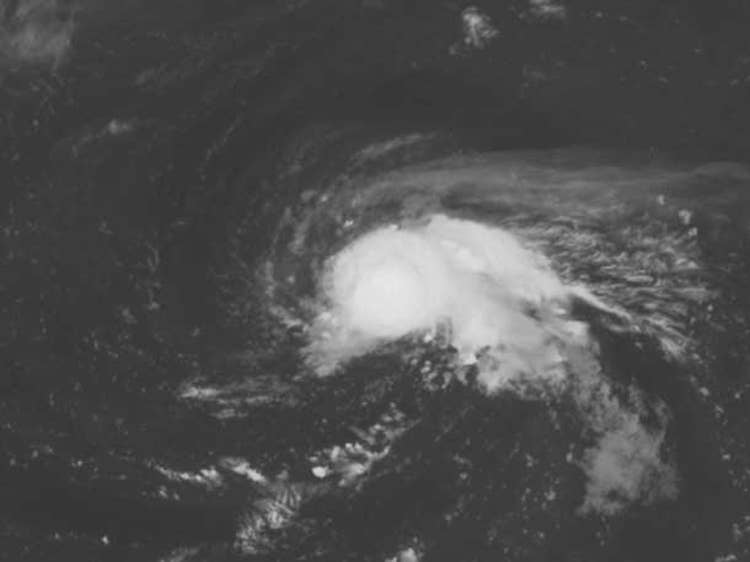MSP CEO On Tropical Storm Henri: ‘We’re Prepared For Anything’
‘It’s important that customers have plans about where to go in case of a disaster. With COVID-19, people are now working from their home. The technology has progressed since Hurricane Sandy. COVID forced businesses to migrate to more resilient environments. Because of this, technology is less data center-focused and more in the cloud,’ says David Andrade, CEO of New York-based MSP ECI.

Years of helping clients prepare for the worst of New York’s weather, plus the forced move of business users to work from home because of the COVID-19 pandemic, means that ECI and its clients are ready in case the city is hit by Tropical Storm Henri, which could become a hurricane by this weekend.
David Andrade, CEO of New York-based ECI, told CRN the MSP has been providing disaster recovery services during some of the biggest disasters to hit the city from the 9/11 terrorist attack to the 2003 Northeast blackout to 2013’s Hurricane Sandy, which pummeled the entire East Coast.
“We take disaster recovery very seriously,” Andrade said. “Disaster recovery is event-driven to activate, but not event-driven to implement.”
“We’re prepared for anything,” he added. “We have notified customers to be prepared for Henri, and to distribute disaster plans to their employees. And we are here to help them in case a state of emergency gets called.”
[Related: Silicon Valley: One Earthquake Away From IT Disaster?]
For ECI itself, the MSP does table-top disaster recovery twice a year to test its systems and look at what might be needed to do in case of a disaster, Andrade said.
“We just did a test on our managed cloud environment two weeks ago, and passed with flying colors,” he said. “We also provide two tests every year to our customers. The customers identify a date and time to cut their systems and applications from their production environment to their disaster recovery environment. They can do it all at once, or in bits and pieces.”
Disaster recovery in 2021 has an added dimension thanks to the move to remote work caused by the COVID-19 coronavirus pandemic, Andrade said.
“It’s important that customers have plans about where to go in case of a disaster,” he said. “With COVID-19, people are now working from their home. The technology has progressed since Hurricane Sandy. COVID forced businesses to migrate to more resilient environments. Because of this, technology is less data center-focused and more in the cloud.”